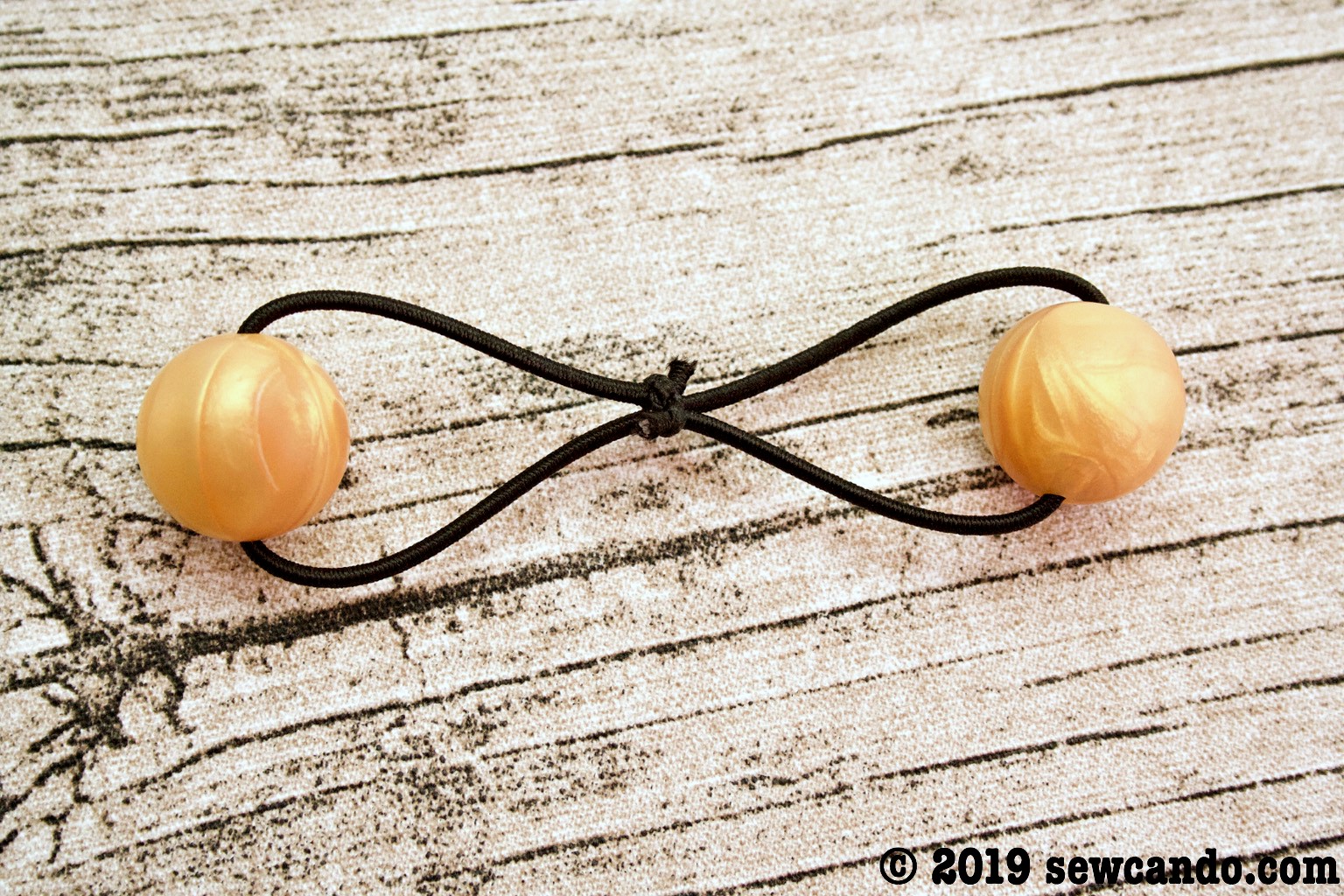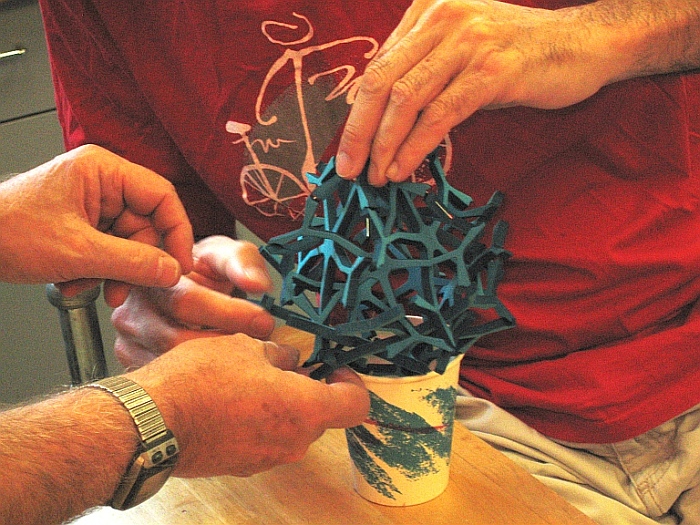

It is beginner-friendly and will prove an invaluable skill to know when you are out on the water and experience a broken line. One reason why the blood knot is so popular under these conditions is that it is a relatively simple knot to learn. Though it is most commonly used to repair a broken line that is the same width, it can be used to create a makeshift line if need be. It is most common for an angler to use this knot when their line is broken or in fly fishing.

A blood knot is used to attach two lengths of line together. While many fishing knots are used to attach lines to hooks or lures, the blood knot has another use. The Palomar knot can be used with almost any style of fishing, but many anglers will choose to utilize it when fly fishing. When used in combination the Palomar knot and a braided line form one of the most durable duos in fishing.

At each crossing, to be able to recreate the original knot, the over-strand must be distinguished from the under-strand. A small change in the direction of projection will ensure that it is one-to-one except at the double points, called crossings, where the "shadow" of the knot crosses itself once transversely ( Rolfsen 1976). Knot diagrams Ī useful way to visualise and manipulate knots is to project the knot onto a plane-think of the knot casting a shadow on the wall. In February 2021 Marc Lackenby announced a new unknot recognition algorithm that runs in quasi-polynomial time. The special case of recognizing the unknot, called the unknotting problem, is of particular interest ( Hoste 2005). Nonetheless, these algorithms can be extremely time-consuming, and a major issue in the theory is to understand how hard this problem really is ( Hass 1998).

Algorithms exist to solve this problem, with the first given by Wolfgang Haken in the late 1960s ( Hass 1998). The basic problem of knot theory, the recognition problem, is determining the equivalence of two knots. In mathematical language, a knot is an embedding of a circle in 3-dimensional Euclidean space, R 3 (final) stage of the ambient isotopy must be an orientation-preserving homeomorphism carrying one knot to the other. While inspired by knots which appear in daily life, such as those in shoelaces and rope, a mathematical knot differs in that the ends are joined so it cannot be undone, the simplest knot being a ring (or "unknot"). In the mathematical field of topology, knot theory is the study of mathematical knots. A knot diagram of the trefoil knot, the simplest non-trivial knot


 0 kommentar(er)
0 kommentar(er)
